End Hunger In The World: Sustainable Farming Techniques
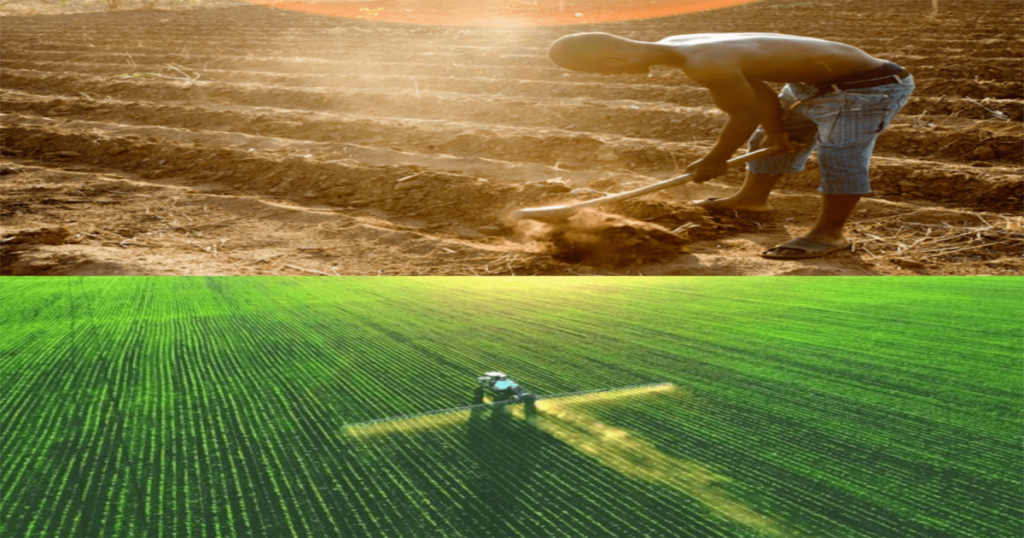
Imagine a world where sustainable farming practices put an end hunger to the world. Welcome to a reality where sustainable farming is more than just a concept; it’s a world where every plate is full and every stomach is content. This is the world we strive for, a world free from hunger, and sustainable farming is the key to achieving this.
It’s a method that harmonizes with the environment, nourishing the land instead of depleting it, ensuring the longevity of our soil, ecosystems, and planet. 828 million which is approximately 10% population of the world go to bed without food. To end hunger or to meet the hunger challenge we should have to adopt sustainable techniques. Sustainable farming techniques represent a set of practices that revolutionize how we grow crops and raise animals.
The secret to sustainable farming lies in its deep respect for nature. It views the land as a living, breathing entity, nurturing it with organic matter while maintaining a healthy nutrient balance, resulting in fertile soil that naturally yields abundant crops. But sustainable farming isn’t just about producing more; it’s about producing better. By avoiding harmful chemicals and genetically modified organisms, it guarantees healthier, more nutritious food – a win-win for our bodies and the planet.
These methods are designed to safeguard our environment, empower local communities, and ensure a continuous supply of food for years to come. The primary goal is to minimize hunger throughout the Global Village. some of these sustainable farming techniques are:
Crop Rotation
Moreover, sustainable farming practices such as crop rotation, intercropping, and the use of cover crops mimic natural ecosystems, reducing the risk of pests and diseases. This reduces the need for synthetic pesticides and helps maintain biodiversity. Farmers grow different crops one after the other to keep the soil healthy. The outcome? Enhanced soil fertility, fewer pest and disease issues, and increased overall crop yields.
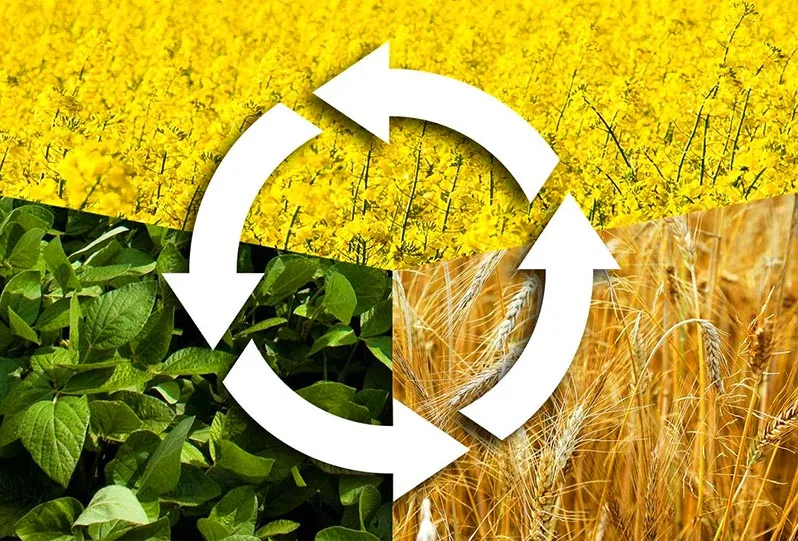
Cover Crops
These are like nature’s blankets for the soil. Planted between main crops, cover crops shield the soil from erosion, suppress weed growth, and contribute valuable nutrients back to the earth.

No-Till Farming
Instead of traditional plowing, no-till farming lets the soil be. This reduces soil erosion, helps the earth hold onto water, and promotes robust soil health.
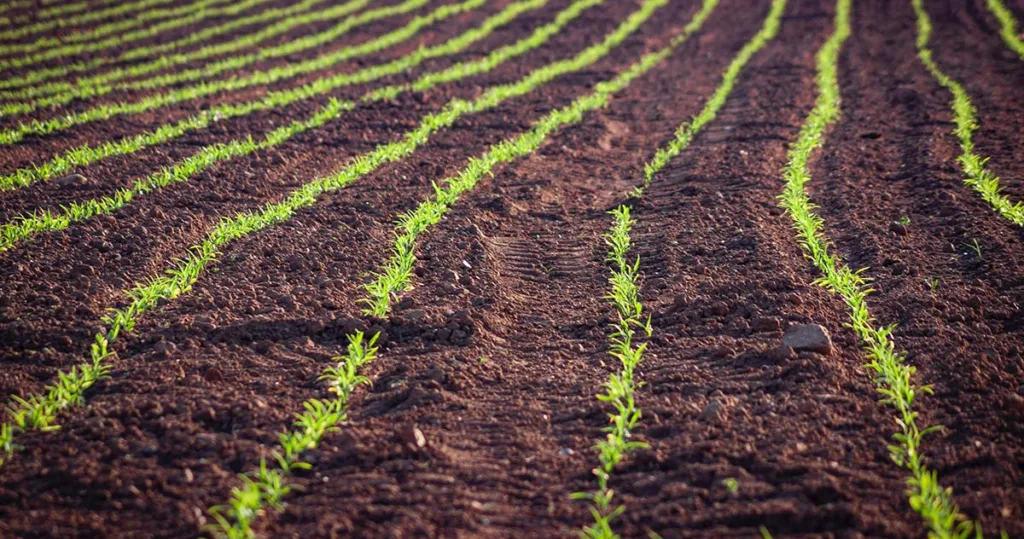
Integrated Pest Management (IPM)
IPM is all about clever pest control. By using a combination of tactics, like introducing helpful insects, changing crop types, and using pesticides sparingly and selectively, we can manage pests while being gentle on the environment.

Organic Farming
Organic farmers steer clear of synthetic pesticides and fertilizers, opting for natural alternatives. They’re all about maintaining soil health and biodiversity.
Agroforestry
Imagine combining trees or shrubs with crops or livestock. This not only enriches the soil but also provides shade and extra income for farmers.
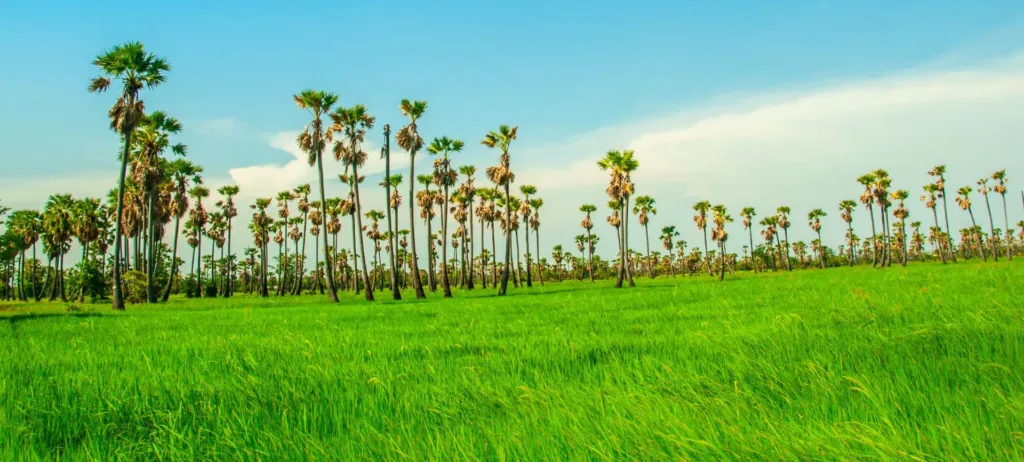
Drip Irrigation
Say goodbye to wasteful watering! Drip irrigation delivers water right to plant roots, cutting down on water usage and promoting conservation.
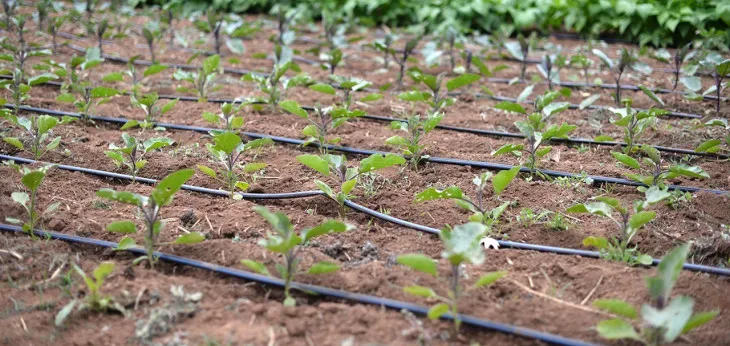
Polyculture
Mixing it up in the fields is the way to go. Planting various crops or raising different types of livestock together boosts overall farm resilience and lowers the risk of crop disasters.
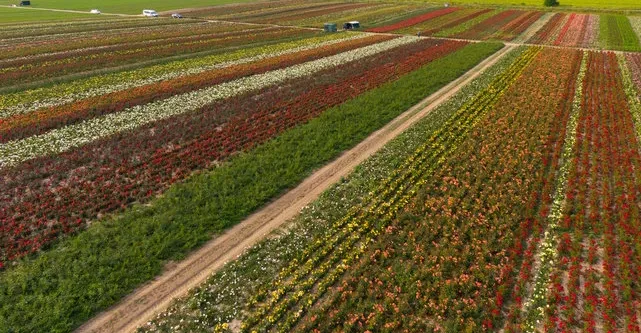
Crop Diversity
Variety is the spice of life, and it applies to farming too. Cultivating a range of crops instead of just one keeps the farm healthier, protects against diseases, and safeguards against market fluctuations.
Composting and Mulching
Transforming organic waste into compost and using mulch in fields is a double win. It enriches soil quality, retains moisture, and lessens the need for artificial fertilizers.
Conservation Tillage
Less tilling, more benefits. Conservation tillage keeps the soil moist, slashes erosion, and preserves soil health by minimizing disruption.
Rotational Grazing
Livestock get a change of scenery. By moving them to different pastures regularly, we prevent overgrazing, maintain lush pastures, and decrease soil erosion.
Water Management
In addition, sustainable farming pays attention to water management, employing techniques that conserve water and reduce reliance on artificial irrigation – a critical practice in a world grappling with water scarcity. Smart irrigation and rainwater capture help us save precious water resources and lower the environmental impact of farming.
Local and Sustainable Food Systems
Supporting local food production and distribution reduces the pollution caused by transporting food long distances. Plus, it boosts local economies.
Genetic Diversity To End Hunger
Farmers keep a wide array of crop and livestock breeds in play to maintain a diverse genetic pool. This helps us weather-changing conditions and stay resilient.
One-Size-Fits-All
Sustainable farming is far from a one-size-fits-all solution. It takes into account the unique characteristics of each location, from climate and topography to local flora and fauna, ensuring that farms are seamlessly integrated into their natural surroundings.
This approach extends beyond the fields and into the community, advocating for fair wages and good working conditions for farmers, fostering a sense of ownership and pride in their work, and elevating farming from mere labor to a respected profession.
Local Economies
Furthermore, sustainable farming promotes local economies by encouraging farm-to-table supply chains, reducing carbon emissions associated with long-distance transportation, and keeping money within the community, thereby supporting local businesses and strengthening the economy.
Conclusion
Sustainable farming is about embracing the future, recognizing the need for change, and committing to learning, evolving, and improving. It’s a dynamic and forward-thinking approach that prepares us for the challenges ahead.
But the journey towards sustainable farming is not easy; it requires effort, patience, and commitment. It demands us to rethink our current systems and make conscious choices. Yet, it’s a journey worth making because the destination is a hunger-free world.
Sustainable farming techniques aim to create harmony between the environment, society, and the economy and they help to End Hunger in the Global Village. They encourage responsible land management, limit the use of harmful chemicals, and contribute to our long-term food security while nurturing a healthier planet.
Join us in this journey towards a world where sustainable farming practices put an end to world hunger because together, we can make a difference. Together, we can create a world where everyone has access to safe, nutritious food, ensuring a sustainable future for our planet, and together, we can end world hunger.



I’m not sure where you’re getting your information, but good topic.